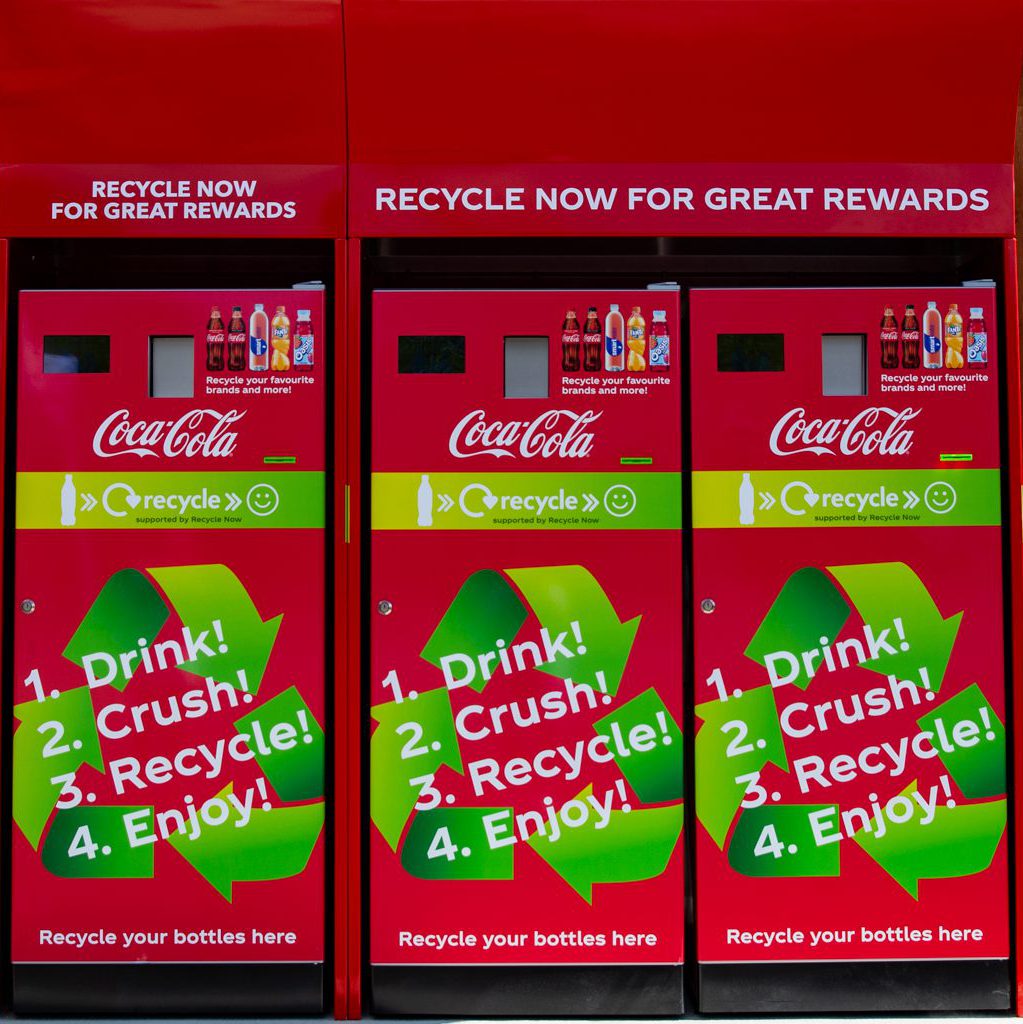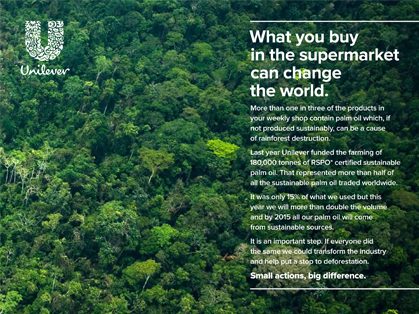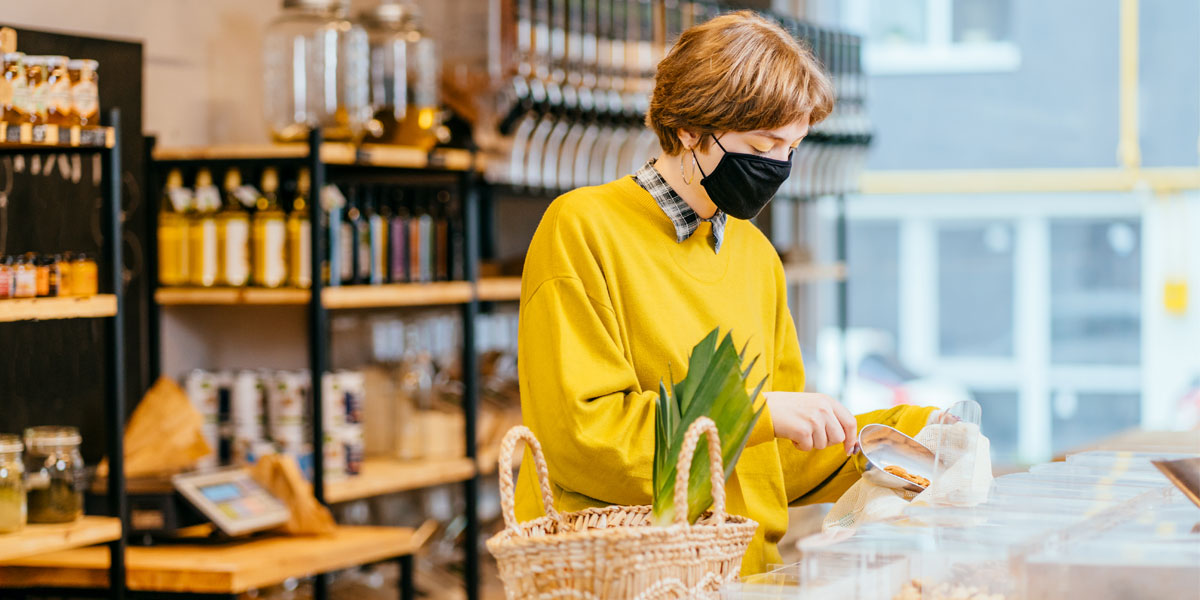Growing consumer consciousness has boosted green consumerism. Consumers today are increasingly adopting sustainable consumption habits, evaluating their purchase choices and preferring brands that are more eco-friendly.
The 12th goal under the United Nations Sustainable Development Goals calls for sustainable consumption and production patterns. UN statistics indicates global material footprint seeing a 17.4% increase between 2010 and 2017. This calls for urgent operationalization of sustainable economic growth by countries worldwide.
The onset of the worldwide COVID-19 pandemic has reiterated the urgency of environmental sustainability. This necessitates an immediate transition in consumer behavioral patterns.
Role of the consumer:
The growth of conscious consumerism plays a vital role in initiating change and garnering positive responses from brands as well. Organic farming in the U.S. is one such example. A niche industry in 1997 with sales of 3.6 billion USD, boomed to 50.1 billion USD by 2019. As consumers began to favor toxic, pesticide-free agriculture, they began to shift purchasing patterns- even willing to pay more for organic products. With increased demand, prices stabilized, further growing the market for organic goods. By the summer of 2020, with a worldwide pandemic, the industry has only grown, rising by more than 20%.
Greater attention to hygiene and safety measures and extended lockdowns have already seen an accelerated shift in consumer purchase patterns.
Increasing consumer consciousness:
Consumers in a post-pandemic world are increasingly aware of their purchases. They conduct thorough background researches about a product- from its origin to price and packaging. According to the 2020 Sustainable Market Share Index Report by IRI and Stern Center, NYU: sustainability-marketed products grew around 7 times faster than their conventionally-marketed counterparts. They further saw a 56% increase in dollar sales by mid-March this year.
As consumers- especially Millennials and Gen Z, increasingly advocate social causes, they demand for brands that align with their values. IBM’s latest survey in association with the National Retail Federation, indicates 57% consumers stating their willingness to change their shopping habits to reduce negative ecological impact. Nearly 8 out of 10 respondents stated the importance of sustainability in their purchases. Over 70% of those who consider it extremely important state they would, on average, pay a premium of 35%, for sustainable and environment friendly brands. Nielsen insights suggest that in the U.S. alone- consumers are estimated to spend 150 billion USD on sustainable products by 2021.
Intent vs action:
Even as the number of purpose-driven consumers sees an increase, the majority of consumers also remain value-driven i.e. concerned primarily about making the best brand decision based on price and convenience. Reports suggest that while consumers report positive attitudes towards eco-friendly products, few follow through on the actual purchases and remain value-driven. In a survey conducted by Harvard Business Review in 2019, while 65% stated that they wish to buy purpose-driven brands advocating sustainability, only 26% actually do it.
Now more than ever, it becomes pertinent to narrow the gap between intention and action. Cultivating conscious consumerism is not only an individual responsibility but also a corporate one. Many consumers look for an external push- expecting corporations to take the lead in developing, selling and marketing more environment-friendly products. With sustainable products usually commanding high prices, consumers need to be shown adequate incentive to follow through with their purchases. Here, the role of marketers and firms becomes just as important in driving green consumerism.
The role of brands and marketers:
Marketers have always played an important role in encouraging green consumerism and reinforcing sustainability in behavioral patterns. According to GWI’s 2018 survey (Global World Index), even with the majority (over 60%) of Millennial and Gen Z consumers actively choosing to ‘go green’, over 52% consumers across the UK and U.S. indicate their belief that manufacturers and production bodies hold greater responsibility to make it happen. In fact, Unilever remains one of the key players in advocating sustainable living. Its most sustainable brands grew 46% faster than its remaining businesses and contributed to over 70% turnover growth in 2018.
Coronavirus has only accelerated sustainable brand strategies as firms begin to recognize the growing importance of sustainability and environment-friendly services. China, at one time known for its pollution emission scandals, now has over 51% of its urban consumers vouching to buy second-hand products and advocate sustainable living.
Chinese tech giant, Alibaba, recently launched more initiatives to both create value for customers and safeguard the environment. For instance, one example is their partnership with Cainio. They created a one-stop logistic service framework for eco-friendly business- in their joint venture Flying Fish Supply Chain Technology. 2020’s Singles’ Day event saw the Alibaba Group set up over 40,000 recycling stations. Over 200 million people participated in the ’11.11 Go Green Campaign’ by the end of the festival.
As consumers and brands strive to adapt to the new normal, here are a few ways marketers can ensure the adoption of sustainable practices.
1. Rework your business model
The pandemic has motivated an accelerated shift to local retail stores and small scale enterprises. Consumers are looking to support independent businesses over high-end large scale brands.
Accenture’s consumer survey indicates 56% of the consumers shopping locally since the pandemic and 61% engaging in sustainable, environment friendly purchases. With over 68% consumers aiming to increase consumption of local products- considering it both sustainable and safe; now is the time to engage in local partnerships and collaborations.

Make the most of the sharing economy. Gaining considerable traction over the years, it is estimated to reach 335 billion USD by 2025.
Leading growth models over the years involve businesses that do not develop or sell new products and services, but facilitate access to already existing ones. This further reduces environmental footprint. Businesses offer sharing and borrowing on an extended variety of products and services. Examples include clothing and accessory rentals in stores like Rent the Runway, vehicle services with Zoomcar and Uber and vacation rentals like Airbnb,. Consignment stores offer a shared exchange of products within a community. They not only add value and save money, but also save much wastage that comes with ‘one-time-use’ products. The following chart shows the projected growth rate between 2013 and 2025 of the sharing economy, along with traditional rental, worldwide.

2. Align brand message and marketing to instill sustainable trends
As companies focus on environmental sustainability, marketing their efforts will be important for influencing consumer choice.
Consumers pay attention to sustainability in packaging products, messaging and brand intent- looking into all the other sustainability initiatives taken by the brand. Brands must take all-rounded endeavors in maintaining an overall sustainable footprint. Messaging must align to current trends- appealing to the value and purpose conscious consumer.
Using the psychology of social influence, domino effect, and habit generation, goes a long way in inculcating sustainable consumerism patterns. Telling online shoppers others were buying eco-friendly products, led to a nearly 65% increase in people making at least one sustainable purchase.
Launching green initiatives helps promote awareness and encourages public participation. IKEA’s sustainability initiative ‘Live Lagom’ (Lagom meaning the ‘right amount’ in Swedish) let the company study a consumer group’s sustainability journey in depth. They were able to track several trends to utilize for marketing future products. They not only built a community for encouraging sustainable initiatives, they presented it as a way of life. This encouraged consumers to participate and feel a part of a healthy community.
In the UK, Coca-Cola partnered with Merlin entertainments to offer “reverse vending machines” that reward consumers who deposit their 500 ml plastic cups with half-price entry tickets to a theme park.

Coca-Cola’s reverse vending machines 
Unilever’s 2010 palm oil campaign
Unilever’s 2010 palm oil campaign– to indicate that the product had been sustainably farmed, had a picture of a rainforest with the tagline, “What you buy at the supermarket can change the world…. Small actions, big difference.” Messaging initiatives like this instill a sense of responsibility in the consumer. This encourages them to not only consider buying sustainable products, but also act more responsibly towards the environment.
3. Tracking changing consumer trends in green consumerism
Green consumerism, especially in the light of the pandemic and changing trends, is seeing constant shifts. Brands must constantly track these changes and keep abreast with changing consumer behavioral patterns. It is especially important in view of growing environmental concerns, to understand the importance of implementing sustainable consumption practices. With consumers pledging to adopt new habits, companies across industries have introduced new products and initiatives. The fashion industry, as a n example, is embracing sustainable fashion, advocating less chemicals, organic fabrics, and upcycled clothing. Shifting from plastic to metal straws, adopting biodegradable cutlery in the form of eco-friendly paper plates, bamboo toothbrushes, menstrual cups and utilizing cloth bags for purchases, are few such trends taking consumers by storm.

Biodegradable Cutlery 
Bamboo Toothbrushes
With announcements made by Zara vouching for 100% sustainability in its products by 2025 and Apple claiming to eventually stop mining rare metals for its products, companies across the globe are taking measures to move towards a sustainable livelihood.
Cybertill’s sustainability report, forecasts 85% of retailers to spend same as before or more on sustainability initiatives come 2021- with 17% planning to start selling second-hand items by 2021. With growing digital consumption, tech will also play an important role in maintaining sustainable consumption patterns.
Sustainability is the path towards a more concrete and healthy future. It is only together that we can aim to embark on a conscious path of green consumerism. To keep track of the latest insights and trends in green consumerism contact us at info@netscribes.com.






